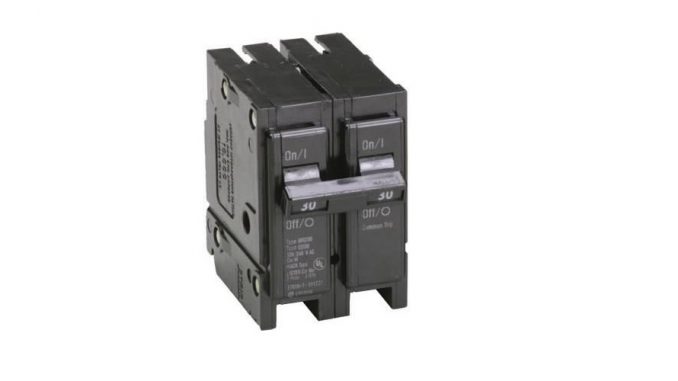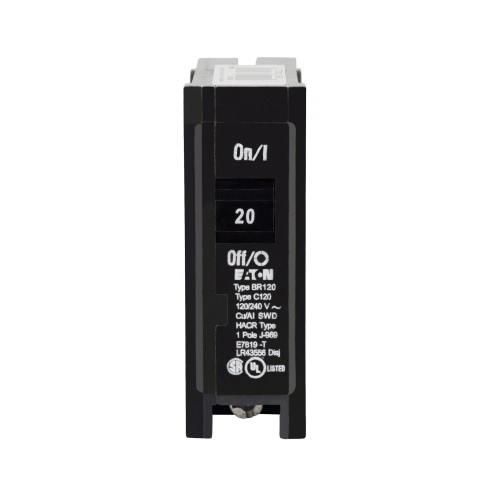
A Circuit Breaker (CB) is an automatic or manually-operated switching device that is used to control the flow of electricity from the overall grid to a specific electrical system, such as a home or an office.
Circuit breakers are important for preventing sudden surges of current and voltage, which could potentially cause fires and other electrical accidents. Protecting your electrical system from fires and mishaps includes knowing which type of circuit breaker works best for your needs.
DIFFERENT TYPES OF CIRCUIT BREAKERS

Circuit breakers are classified based on different criteria, such as:
- Voltage
- Location of Installation
- Interruption medium
- Design or Features
The most prevalent way of identifying circuit breakers is by their voltage capacity and the medium of interruption used. The common types based on these two classifications are listed below:
Types Based on Voltage
1. Transmission Class
These are circuit breakers with the highest voltage capacity, rated 123 Kilovolts and above, and have the capacity to protect and control circuits that feed entire towns or cities.
2. Distribution Class
Also known as Medium-Voltage Circuit Breakers, these are often housed in substations and have voltage capacity ranging between 2 to 72 Kilovolts.
3. Low Voltage Circuit Breakers
These are CBs with less than 2KV voltage capacity, appropriate for small-scale use such as residential, commercial, and industrial spaces.
Types based on Medium of Interruption
1. Plain Air Circuit Breakers
Plain Air CBs, also called Cross-Blast Circuit Breakers, have a fitted chamber called Arc Chute. The chamber acts as an insulating barrier that confines an arc fault. An Arc fault is a high power discharge caused by surges in voltage or current, which in turn produces heat that could cause fires and other electrical accidents.
2. Air Blast Circuit Breakers
This type uses compressed air or gas to extinguish an arc fault from causing fire. The circuit breaker has a standby tank of compressed air that releases a high-velocity jet through its nozzle when a high surge occurs.
3. Oil Circuit breakers
Oil CBs use oil as a carrier that insulates contacts, and vaporizes arcs into hydrogen bubbles. This is the oldest type of circuit breakers used.
4. Vacuum Circuit breakers
As the name suggests, this type of breaker uses the high dielectic characteristics of a vacuum to diffuse or interrupt an arc fault at formation.
5. SFC 6 Circuit Breakers
This type uses a gas called sulphur hexafluoride to contain arcs. The gas is a trusted insulating agent with high electro-negativity and is used to protect both high and medium electrical systems with up to 880KV capacity.
Other types of Circuit Breakers
More types of circuit breakers have been developed over the years, with various degrees of efficiency, innovation, and capacity. Other more advanced types of Circuit Breakers include:
- Solid-State
- Smart or Digital
- Disconnecting CB
- Moulded Case CB
- Thermal-Magnetic
- Magnetic-Hydraulic
- Ground-Fault Interrupter
- Carbon Dioxide High-Voltage
THE FUTURE OF CIRCUIT BREAKER USE
Trends in recent years indicate that builders and professionals are moving towards more sophisticated versions of the trusty circuit breaker. This is mainly because the electrical industry is constantly adopting higher standards for cost-effectiveness, efficiency, and safety.

